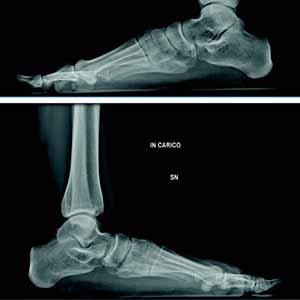Congenital vertical talus open reduction surgery: Technique description and our twenty-years personal experience

Published: 28 October 2022
Abstract Views: 1417
PDF: 455
Publisher's note
All claims expressed in this article are solely those of the authors and do not necessarily represent those of their affiliated organizations, or those of the publisher, the editors and the reviewers. Any product that may be evaluated in this article or claim that may be made by its manufacturer is not guaranteed or endorsed by the publisher.
All claims expressed in this article are solely those of the authors and do not necessarily represent those of their affiliated organizations, or those of the publisher, the editors and the reviewers. Any product that may be evaluated in this article or claim that may be made by its manufacturer is not guaranteed or endorsed by the publisher.
Similar Articles
- Valentina Bozzetti, Paolo E. Tagliabue, Enteral nutrition for preterm infants: by bolus or continuous? An update , La Pediatria Medica e Chirurgica: Vol. 39 No. 2 (2017)
- Francesca Destro, Giorgio Selvaggio, Federica Marinoni, Andrea Pansini, Giovanna Riccipetitoni, High-pressure balloon dilatation in children: our results in 30 patients with POM and the implications of the cystoscopic evaluation , La Pediatria Medica e Chirurgica: Vol. 42 No. 1 (2020)
You may also start an advanced similarity search for this article.

 https://doi.org/10.4081/pmc.2022.292
https://doi.org/10.4081/pmc.2022.292




